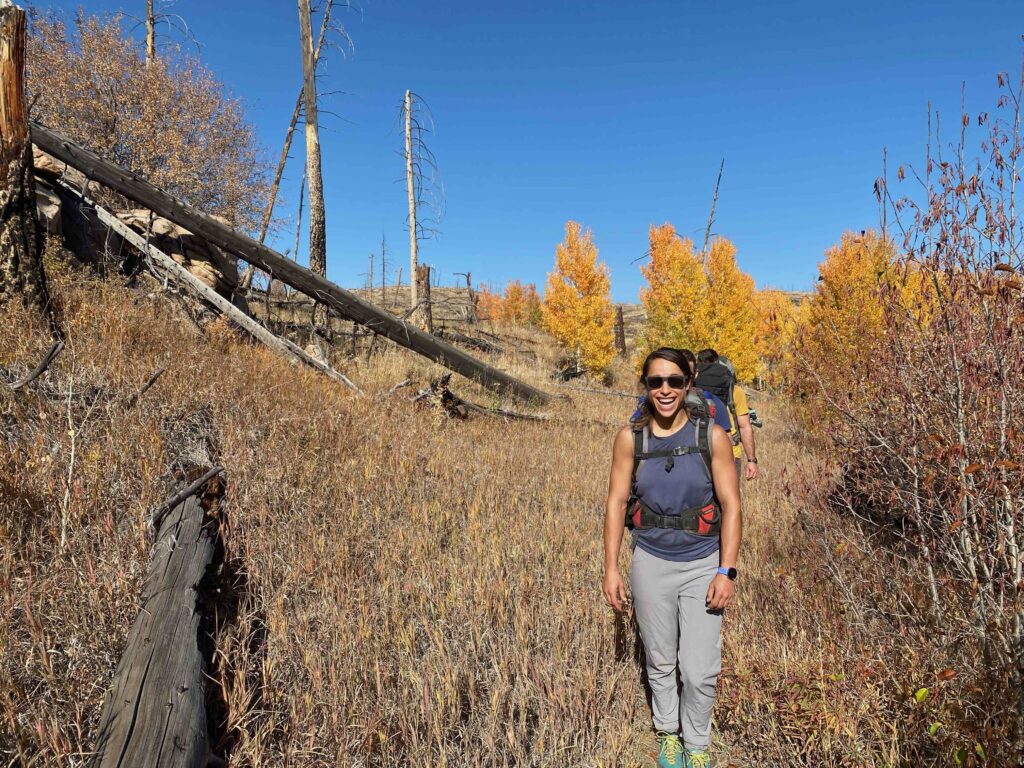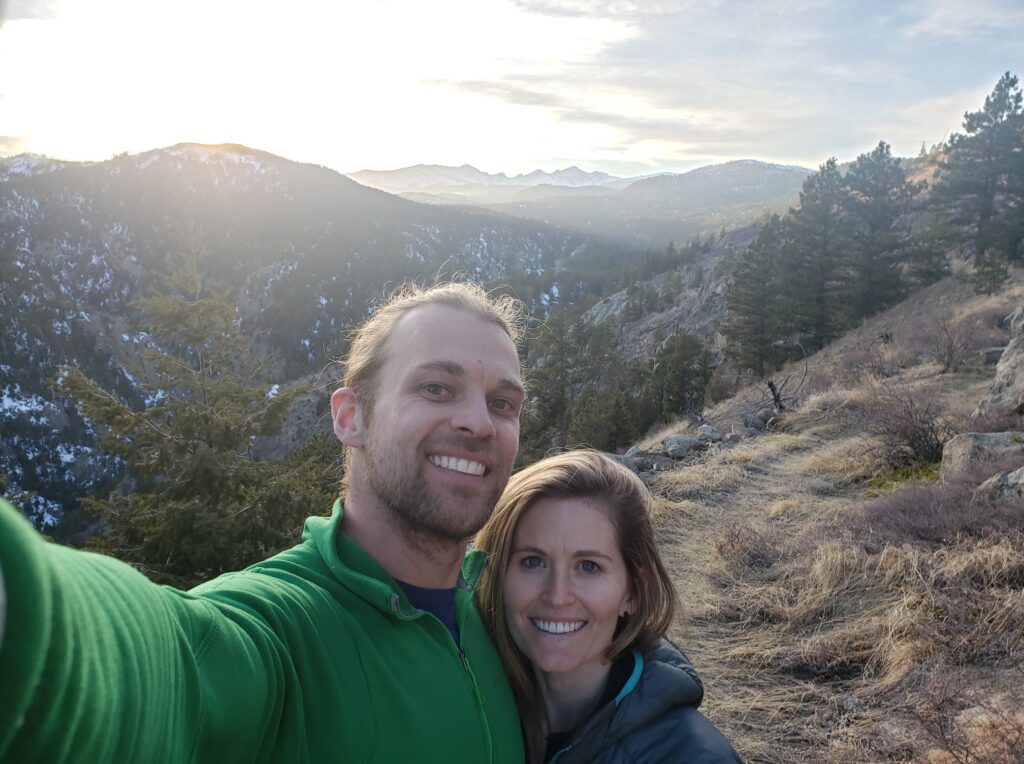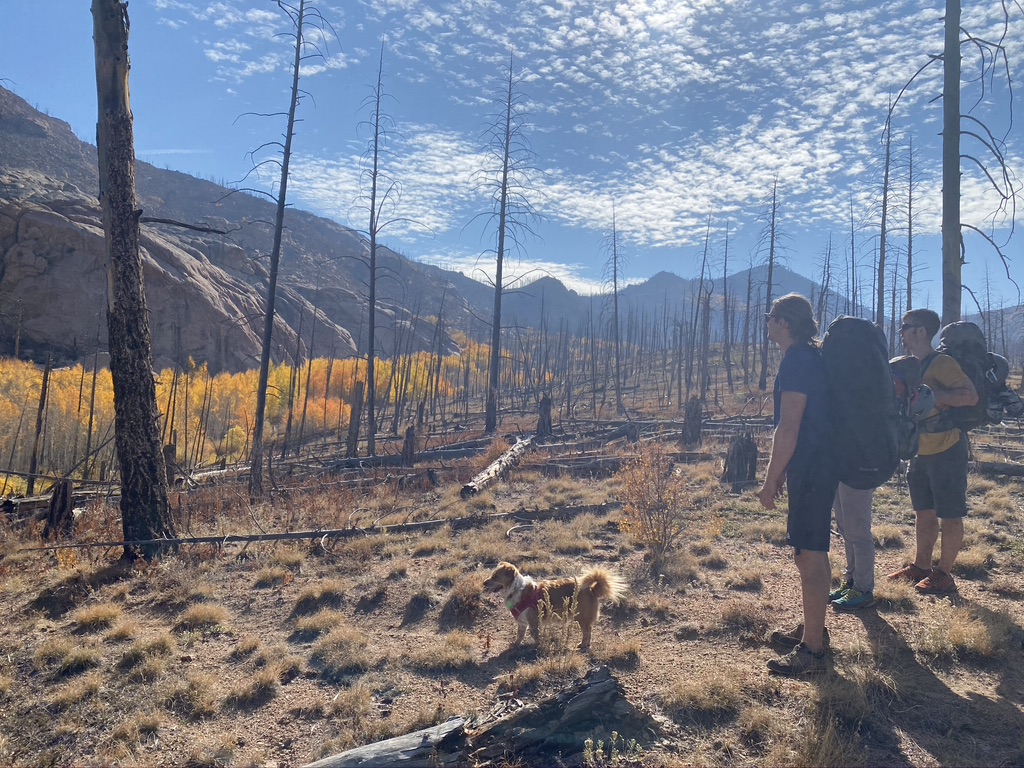I’m an absolute newcomer to financial independence. What I once thought was only available to extremely high income-earners now feels incredibly attainable. Here’s my money story, and how I came to be on my path to financial independence.
Early iterations of financial independence
I got my first job at 15; I worked in an ice cream store with my best friends. We set our own schedule. We consumed a lot of free ice cream.
I bought my first car at 16, set up car payments and used my part-time job to pay for it.
This was my first taste of financial independence.
I no longer had to ask my parents for money; I used my part-time job to buy concert tickets, new clothes, fuel, and lunches out with friends.
It was liberating to use my money however I wanted, void of parental judgment and with the pride of knowing I’d earned every cent on my own.
My “mini-retirements”
Fast-forward 10 years: I’m living in Seattle, finishing up my degree in journalism, and working three jobs to help pay for my impending travels overseas.
At this phase in my life, I once again tasted a form of financial independence. I thought I’d cracked the code: I’d work my ass off for up to a year, often working two or three jobs and saving almost every cent. I’d then quit my jobs, buy a plane ticket for Thailand, Kenya, or wherever was next on the map, and disappear for months or years.


I called these voyages my “mini-retirements,” insisting to anyone who asked that I’d much rather have this kind of freedom in my 20s and early 30s than work a full-time job for 40 years only to retire in my 60s with zero energy to explore.
If this wasn’t financial independence, what was? I didn’t mind working hard so I could take months off, and I always knew I’d be able to get a new job when I needed one.
This pattern repeated itself every few years for the majority of my early adulthood, until quite recently.
My financial reckoning: Learning about the FIRE (financial independence, retire early) movement
Before I started thinking seriously about my own path to financial independence, my only concept of retiring early was in reference to tech bros who raked in six figures for breakfast.
I clearly remember the moment the concept of real financial independence finally sunk in. It came during a time of financial reckoning.
I’d just moved to my new home in the Colorado Front Range after several years of moving back and forth between the U.S. and New Zealand and living in a van for six months with my husband, Callan.
I felt settled for the first time in years. Maybe for the first time in my entire adult life.
I came across a podcast called HerMoney by Jean Chatzky. While I’d often felt that I was just financially literate enough to get by, this podcast showed me how much I’d been missing.
I instantly became a sponge for all things financial literacy.
The first episode I listened to was about Roth IRAs. Until that moment, I’d never heard of one. I was 36 at the time.
The podcast also introduced me to FIRE: Financial Independence, Retire Early. I learned about investing, about budgeting, and about frugality (something I was already pretty damn good at).
Putting the lessons of financial independence into practice
Not long after my financial literacy deep-dive, my husband and I treated our close friends Rose and Jeff to dinner. We knew they were investing-savvy and wanted to pick their brains.
(At this point I should point out that my husband, Callan, is from New Zealand. His knowledge of investing in American stocks was similar to mine, which is to say, little to no understanding of how it all worked.)

That night after dinner, we cracked open my laptop and they helped me set up my first investment account, a Roth IRA.
This was a massive turning point for me.
It was like being allowed into a gated community. A secret club. A pathway to actual wealth and financial freedom.
I poured every extra cent we had into our individual Roth accounts until we maxed them out for the year. I then fortunately landed a new job in which I could start investing in a 401(k).
My FI resources
Throughout these first few months, I read a few books that were pivotal for me in my journey.
First, Rose lent me The Simple Path to Wealth by J.L. Collins. This was my foray into index funds. I was relieved to learn that the best investors are those who take the “boring” path of ignoring the daily ebb and flow of the market and instead investing in slow-and-steady, low-cost index funds.
Another book I found helpful was Your Money or Your Life by Joseph R. Dominguez and Vicki Robin. This introduced me to the concept of the wall chart: I now track my income and expenses each month to help me understand my overall spending habits.
Other helpful reads include The Index Card by Helaine Olen and The Millionaire Next Door by Thomas J. Stanley. There are similar themes throughout these books, which I’m using as my journey-to-FI foundation.
(Check out our resources page for more inspiration!)

1. Frugality above all else
One common theme that I felt echoed throughout these resources is the power of frugality. And at the heart of frugality is the concept of minimalism.
While it may seem intuitively easier to reach financial independence by earning a high income, lower-income individuals can reach FI by learning to live frugally and investing as much money as possible.
2. Invest as much as possible
What once felt like a confusing and elite club is now something relatable and achievable. Investing—once I figured out how to open an account—is far easier than I thought. I now invest between 50 and 60% of my income each month into my investment accounts.
3. Don’t be a hero
I absolutely love the advice of investing gurus: It’s not TIMING the market that matters, it’s TIME IN the market. Unless you’re a clairvoyant, don’t pick stocks. Index funds are boring and reliable, which is exactly what you want if you’re on the journey to FI.
My current path to financial independence
Now that I understand how it’s done, I’m eager to catch up. My husband and I are aiming to be financially independent in 10 years; by our mid- to late-40s. How will we achieve this?
1. Continue investing at least 50% of our income each year.
Our investments pan out as follows: We max out both our Roth IRAs each year, and I max out my 401(k) through my employer. I then split the rest between a SEP IRA (I’m also self-employed through a side-hustle) and I-Bonds (which currently have a 9.67% payout rate).
2. Avoid debt
I paid off my student loan the same month I started saving for retirement, and Callan doesn’t have any student debt. We have a leased car at the moment which goes through early 2023. I plan to buy a used car for $10k or less at the end of my car lease to avoid taking on car payments.
3. Live that frugal life
I’ve become a committed budgeter since embarking on this FI journey. While we make exceptions for travel and our outdoor pursuits (climbing and skiing), we hardly spend money other than for basics: rent, utility bills, fuel, and food.

Hurry up and wait
I’m an impatient yet driven person, which makes this journey to FI a little painstaking at times. Our wealth-building is a slow but steady process, and one that’s both exciting and goal-oriented for my husband and me.
I’m excited to see how A Way to FI helps unite folks who are here to learn and share knowledge.
Join our Facebook group (A Way to FI) to ask questions, collect resources, and share wins.


